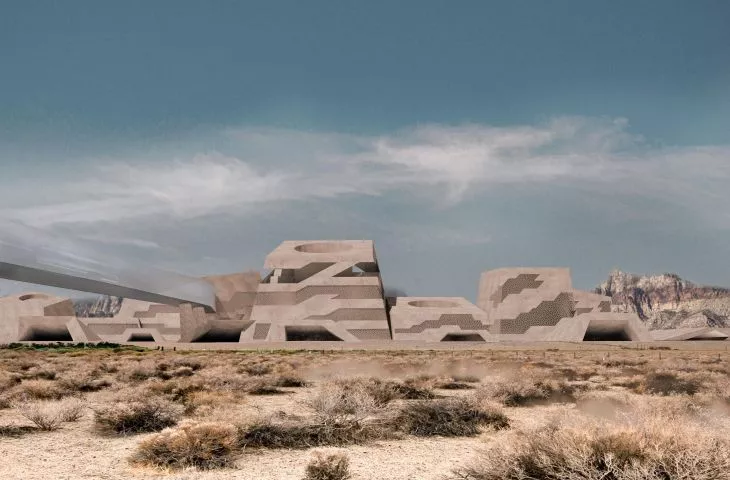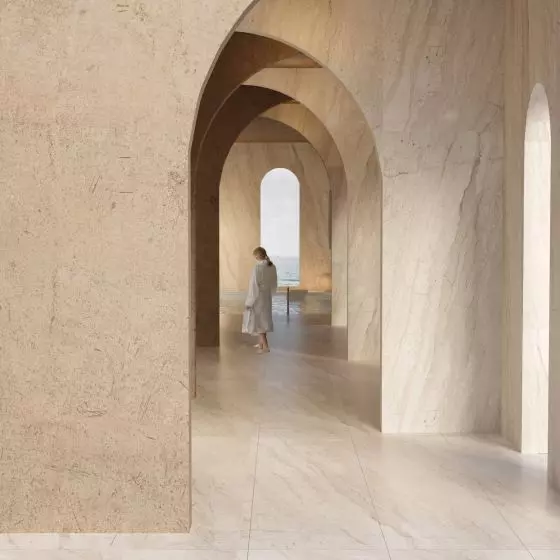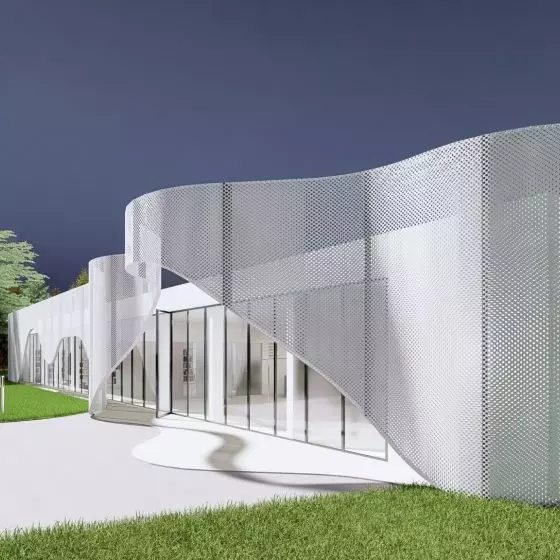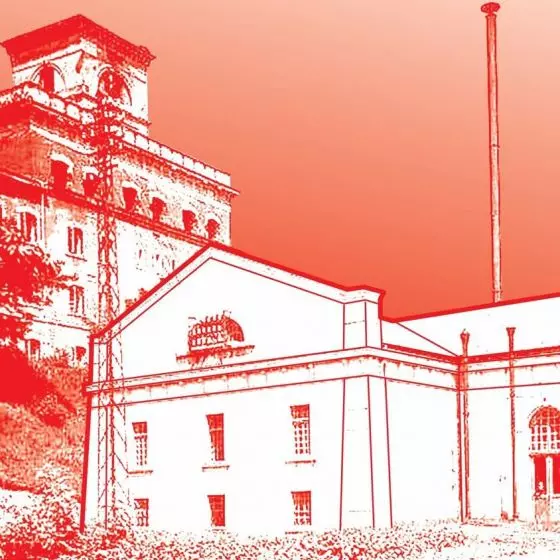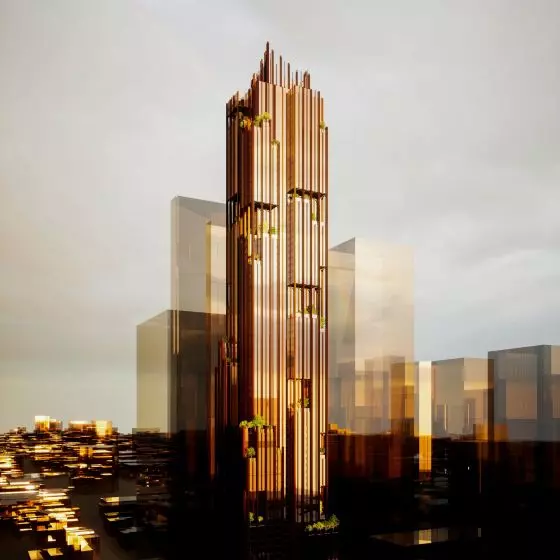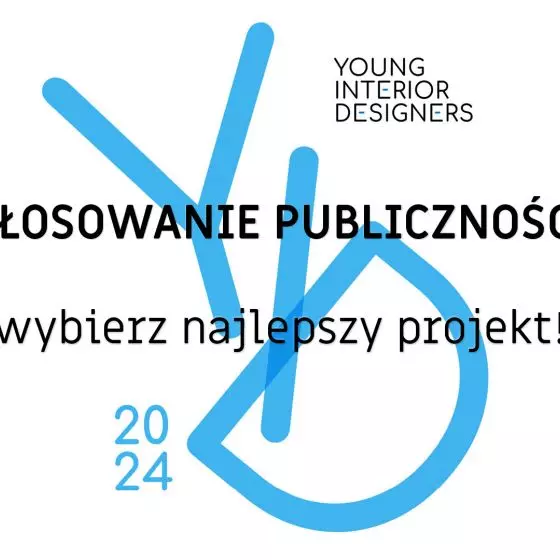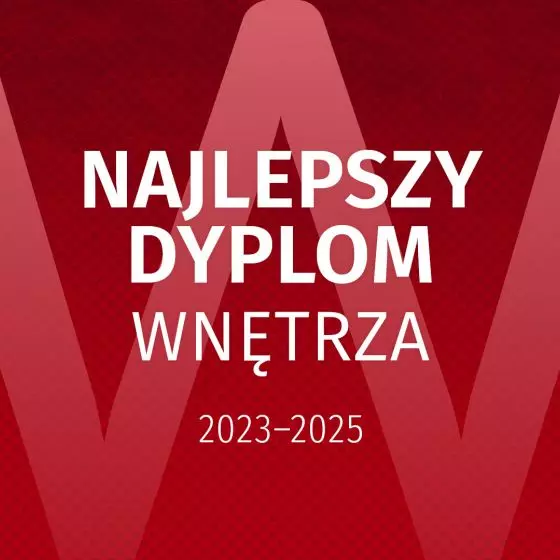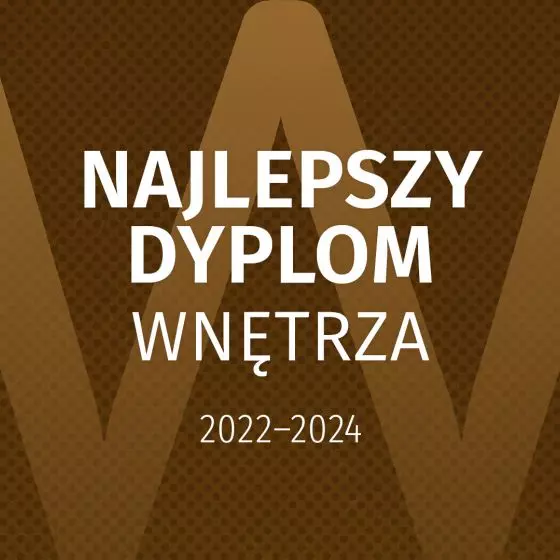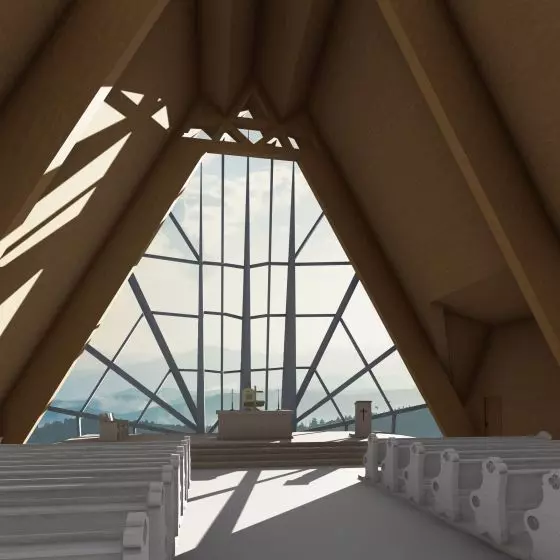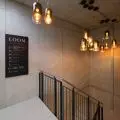Presenting another design for a modern research campus for Elon Musk. Oskar Czajkowski and Antoni Grześkowiak, architecture students at Poznan University of Technology, created a futuristic, energy-efficient facility with a system of underground tunnels.
The project by the students of Poznań University of Technology took part in an international competition entitled "Hyperloop. "Hyperloop Desert Campus" organized by the Young Architects Competitions platform. The goal of the competition was to design a modern research campus allowing further development of the latest transportation technology, the Hyperloop owned by Elon Musk. The designated project plot is located in the United States, in the Mojave Desert of Nevada. This desolate and inhospitable environment presents an opportunity to design an iconic building that could chart a course for Hyperloop-related architecture.
The campus is located in the heart of the Mojave Desert
© YAC
Elon Musk's Hyperloop, or capsule transportation
Hyperloop is a state-of-the-art, capsule-based and still in prototype form means of passenger and freight transportation funded by Elon Musk. Its main goal is to create a transportation system that is as fast as air transportation and as cheap as road transportation. According to the concept, the capsule carrying twenty-eight people would travel in a special steel tunnel with reduced pressure, which would reduce air resistance and allow it to reach the speed of sound. To expand the research and test center, the Nevada facility needs more space, so the architects were asked to create a new hyper-modern facility.
The form of the building is evocative of the desert surroundings and mountains with distinctive stripes
© Oskar Czajkowski, Antoni Grześkowiak
desert campus
The imposed location was a significant design challenge for the team of Oskar Czajkowski and Antoni Grzeskowiak. The lump of the building clearly refers to the desert surroundings. The distinguished modules have been transformed in such a way as to provide adequate lighting for the rooms and to fit in as well as possible with the existing landscape. The building includes a hall, auditorium, restaurant, museum, staff housing, swimming pool, laboratory and offices, all connected by an additional tour route.
The building has been divided into modules
© Oskar Czajkowski, Antoni Grześkowiak
The hot, unfavorable desert climate forced the students to use the latest energy-saving technologies. A key element of the design was the underground tunnels into which the blown-in air is collected, naturally cooled and used for optimized ventilation of the building. In addition, the openwork used by the authors provides protection from excessive sunlight, while alluding to the distinctive bands visible on the surrounding mountains.
A key element of the design is the air-cooling tunnels
© Oskar Czajkowski, Antoni Grześkowiak
See also the monolithic structure by a team of students from Gdansk University of Technology, which was awarded in the same competition.






